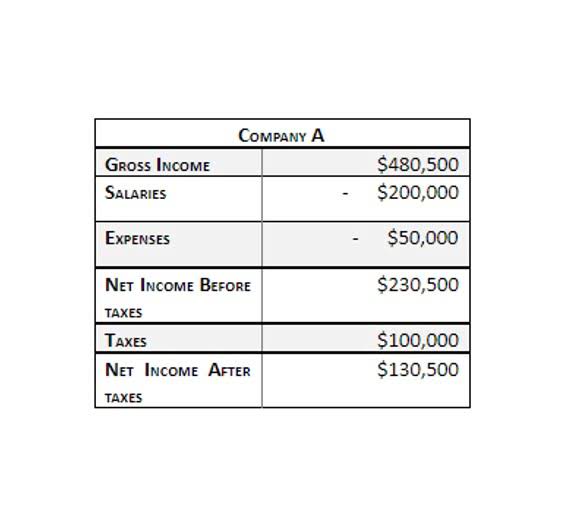
For self-employed individuals, FICA compliance involves managing estimated tax payments throughout the year. This requires diligent financial tracking and understanding of tax obligations. Failure to comply can lead to audits and increased scrutiny from tax authorities, making compliance a critical aspect of financial management. Non-compliance with FICA tax obligations can result in severe penalties, including fines and interest on unpaid amounts. Understanding these consequences underscores the importance of accurate and timely tax payments.

Medicare Benefits
Employers must withhold Social Security and Medicare taxes from their employees’ wages, pay the employer’s share of FICA taxes, and report both the employee and employer shares. The amount of FICA taxes withheld from an employee’s paycheck depends on their gross pay, filing status, and the number of allowances claimed on their W-4 form. US employers are responsible for collecting and remitting both the employer and employee portions of FICA payroll taxes.

What is the FICA Tax Percentage?
This is a mandatory requirement imposed on employers by the Federal Insurance Contributions Act adopted in 1935. In other words, if a person earns $100,000 per year, the FICA tax will amount to $15,300 in total. Walk through performance appraisal best practices, mistakes to avoid, and use our flexible template to complete your employee performance reviews and evaluations with ease. Bankrate’s AdvisorMatch can connect you to a CFP® fica meaning professional to help you achieve your financial goals.
- Its intuitive design and expert guidance simplify complex calculations and form completions.
- Consider utilizing payroll software like Gusto if you’d rather not calculate and pay FICA tax manually.
- Aside from those categories of workers, everyone else who has earned income must pay FICA tax.
- While FUTA provides a foundation and support, SUTA directly funds unemployment benefits for workers within a specific state.
Explore how we simplify 1099 tax filing for thousands of Sage Intacct users.
The current tax rate for social security is 12.4% total or 6.2% each for both the employer and the employee. This means that you must withhold 6.2% of the employee wages for the tax while also contributing an additional 6.2% as your share of tax as an employer. There are some limited cases, such as a successor-predecessor employer transfer, in which the payments that have already been withheld can be counted toward the year-to-date total. Wage earners pay 6.2% on income up to $168,600 in 2024 toward Social Security. Any income above that threshold is not taxed for Social Security purposes. The Medicare rate of 1.45% is paid by wage earners on all their income.
What Happens If I Don’t Pay FICA Tax?
The amounts withheld for federal income tax vary according to the details an employee gives the IRS on their W-4 form. If you live in a state with income tax, the bookkeeping employer will also withhold state income tax, using the info from the W-4 (or a similar state form). Employers withhold FICA taxes from employee pay and remit them to the government, along with a matching employer payment.
FICA Tax Rates And Limits
- Per the Internal Revenue Service (IRS), Federal Insurance Contributions Act taxes comprise disability insurance, old age, and survivors taxes along with hospital insurance tax.
- When individual circumstances change, such as an increase in wages or reaching income thresholds, these numbers fluctuate, affecting your take-home salary.
- As of the writing of this post, the Social Security tax rate for employees and employers is 6.2% each (giving a total of 12.4% of the employee’s wages).
- You’ll need a Federal Employer Identification Number to utilize EFTPS (aka EIN or FEIN).
- The due dates for semiweekly tax payments are determined by the day of the week on which your paycheck was received.
This would occur because revenues received into the program will not be enough to cover payments from it. FICA and SECA taxes do not fund Supplemental Security Income (SSI) benefits, even though that particular program is run by the Social Security Administration (SSA). Although the rate is set annually, it has mostly stayed the same since 1990. The limit changes each year based on the National Average Wage Index. Staying compliant with FICA tax requirements How to Run Payroll for Restaurants is a critical part of running a business, and missing deadlines or miscalculating payments can lead to costly penalties.


FICA taxes are calculated based on the tax rate of Social Security and Medicare taxes. Employers and employees are each required to pay half of the Social Security tax and Medicare tax representing 6.2% for the former and 1.45% for the latter. However, employees will need to pay half of their FICA tax obligations as the other half is assumed by their employer. Employees are required to pay a total FICA tax of 15.3% of their wages. In other words, employees will pay Social Security taxes up to a maximum wage of $147,000. The combination of the Social Security tax and Medicare Tax amounts to 15.3% of the employee’s wages.
Recruit, Hire & Pay Top Talent in 150+ Countries
Generally, if you earn $50,000 annually, you’ll contribute $3,100 to Social Security and $725 to Medicare, totaling $3,825 being deducted from your yearly earnings for FICA. When individual circumstances change, such as an increase in wages or reaching income thresholds, these numbers fluctuate, affecting your take-home salary. It’s essential to remain informed about these rates as they can impact your financial planning. Self-employed individuals, such as independent contractors, freelancers, and small business owners, are responsible for paying the entire FICA tax amount. Self-employed individuals compute and make payments of self-employment tax utilizing Form 1040 and Schedule SE. The federal government mandates the calculation of the tax based on a taxpayer’s net income generated from self-employment, which is subject to the exact wage-related thresholds as the FICA taxes.
